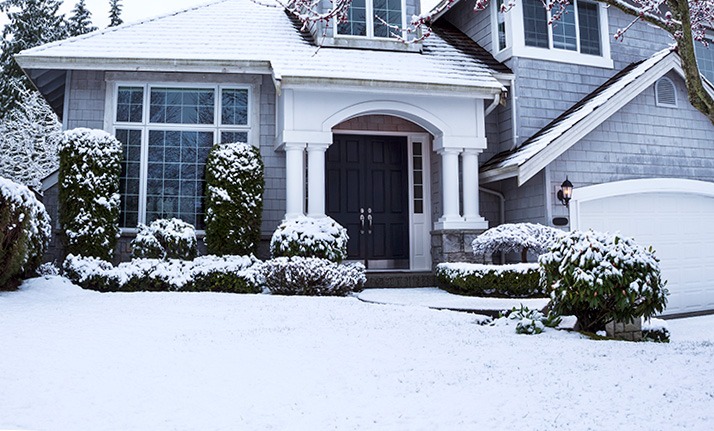
Winters can be rather unpleasant. Trees and shrubs face a variety of threats such as cold, dry winds which dry the trees out, heavy snow which breaks limbs and branches, and freezing temperatures which burn plants’ leaves. Fortunately, these can be prevented with the ideal preparation and energy.
Newly planted trees and shrubs must be shielded the very first couple of winters till they are well-established and will survive by themselves. Less-hardy plants and potted plants might require protection each winter. Below are a few hints about the best way best to assist your crops thrive in sunlight.
Protect your plants with burlap.
It is better than vinyl since it enables the plants to breathe along with the air inside to circulate, and that prevents heat from becoming trapped. Burlap is also eco-friendly, biodegradable, powerful and reasonably priced.
Where to Purchase burlap for crops
Burlap can be bought as purses, bags or cloth rolls. It is possible to locate burlap at home improvement stores such as Lowes, large box stores such as Walmart, and neighborhood fabric or craft shops. Natural burlap offered on rolls comes in various lengths and is simple to cut to size.
How to use burlap to protect plants
Considering these approaches are so prevalent among gardeners and landscapers, there are lots of educational videos on the internet you can see to help.
Winter mulching for plant protection
Whether you want traditional bark mulch, pine needles, leaves or straw, timing is all. After implementing the mulch a few inches thick, then pull away some in the trunks and stems of your plants so that they could breathe.
When is your ideal time to use mulch in autumn?
Winter mulching differs from mulching from the spring and summertime. When mulching for winter security, it is imperative not to mulch too shortly. The best time is after the earth starts to freeze before the first major snowfall. In Ohio, this typically happens in November.
Why is winter mulching important?
The objective of winter mulching is to maintain the ground around your plants suspended so the plants stay dormant. The thick layers of compost protect the floor in the heat of sunlight. Additionally, winter mulching helps preserve the water on the soil, so be certain that you continue watering before the first significant frost.
Salt can harm plants in winter
In reality, it may even kill them. Sure, it is cheap and simple to use, however rock salt is also a concentrated and sterile material which doesn’t only hurts your crops, it may also damage your drive and burn your pet’s paws.
3 Methods to Secure your shrubs and trees from salt
You cannot control what your town uses to maintain the streets clean and dry, but you may attempt to reduce or prevent the damaging outcomes.
- Do not use salt. When you’ve plants close to your driveway or paths do not use salt to melt the ice and snow. Tired about slipping? There are eco-friendly and alternative products it is possible to use like gravel, sand, birdseed and kitty litter.
- Clear snow piles. Snowplows normally leave behind huge piles of snow and chunks of ice in the end of drives or on tree lawns which includes salt and other de-icing products. Be certain that you clean this tainted snow away from the plants for extra protection.
- Set up obstacles. When you have shrubs or trees close to the street or along with your driveway, then put plastic up fencing, snow fencing or burlap obstacles to maintain salt spray from crops. After spring arrives, flush out the surrounding soil with water to shove remaining salt outside of your own trees’ root zones.
Whether you utilize burlap, mulch or other protective steps, taking the opportunity to prepare your trees, plants and shrubs for winter would be well worth the attempt. On the lookout for more information?
